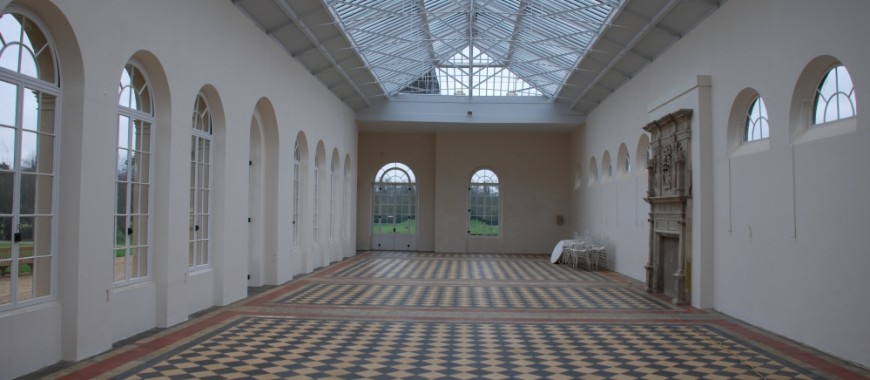Skillingtons Training Course in the Architectural Conservation of Archaeological Sites in North Macedonia, 10-24 May 2025
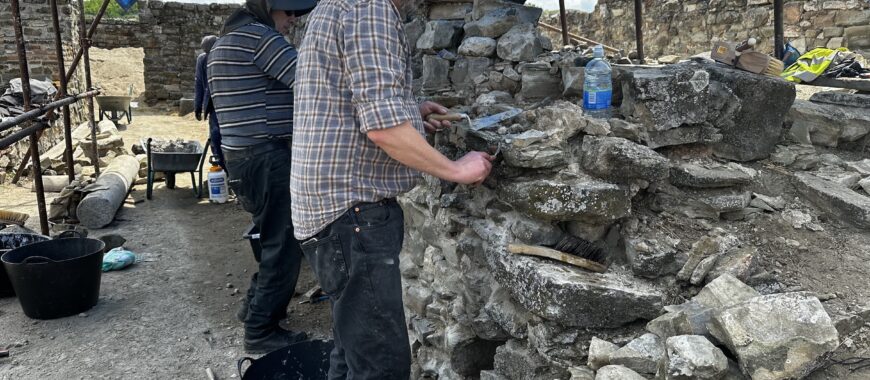
Skillingtons Project Shortlisted as 2025 AABC Conservation Awards: Regional Finalist!
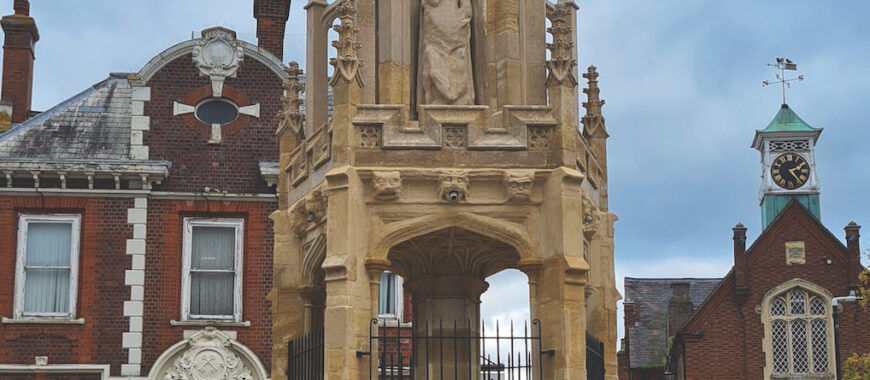
Theodosian Palace Conservation Project: Stobi, North Macedonia
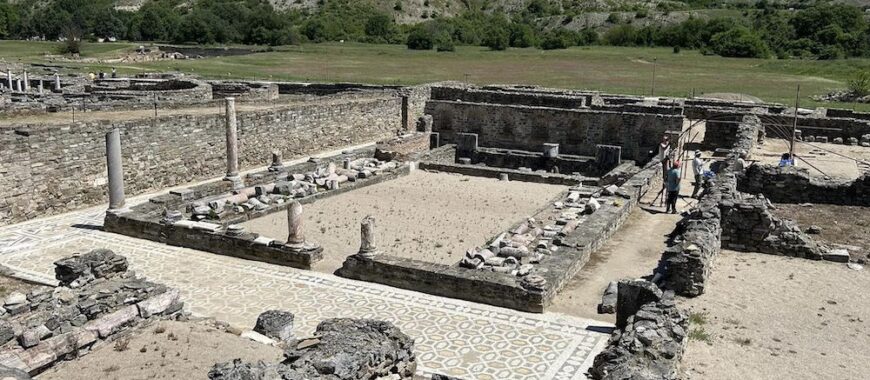
Monumental Brasses
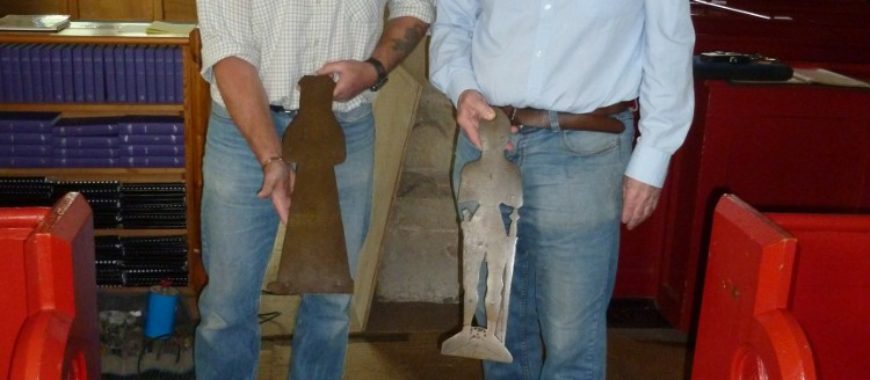
Bats in churches
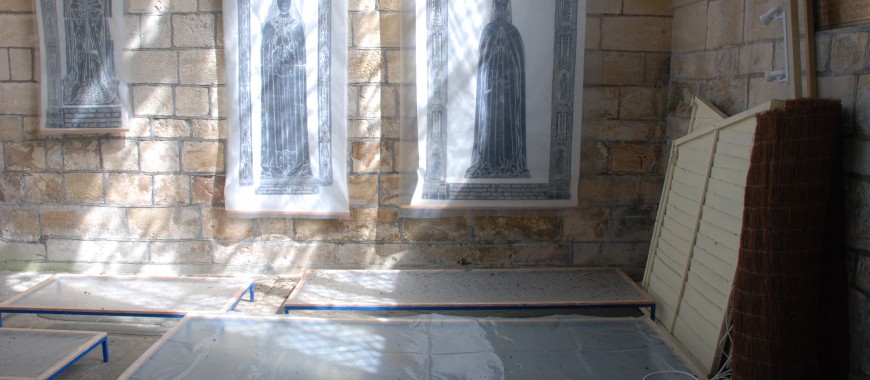
Wrest Park Orangery
